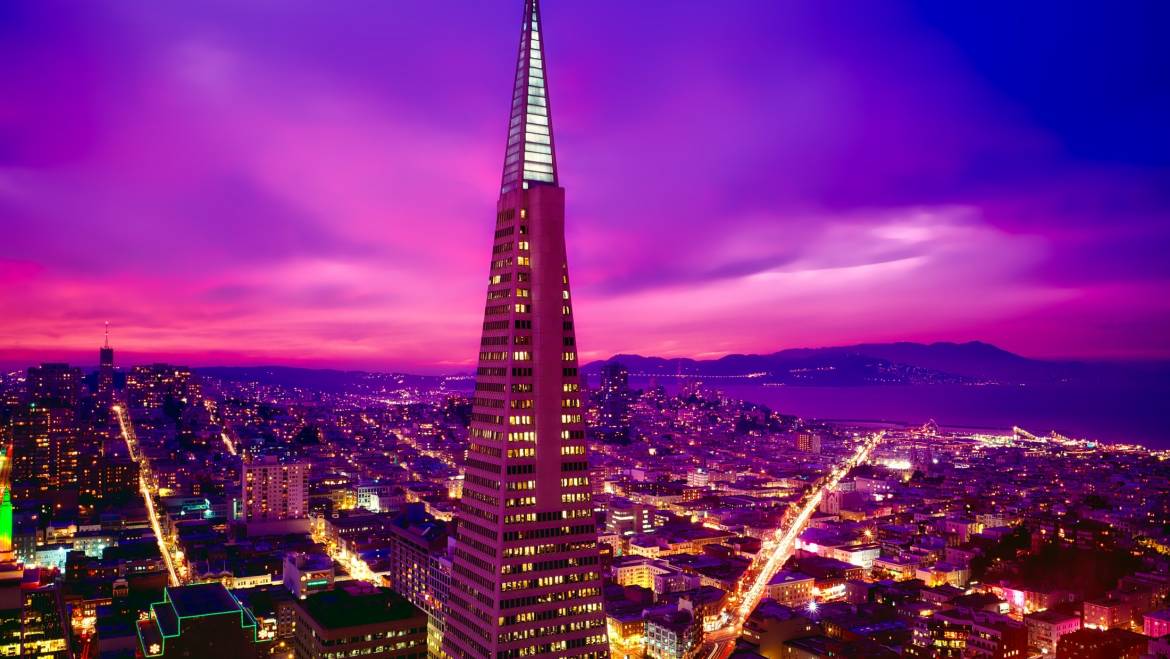MyOffice in this Year’s World Economic Forum YGL Summit: The 4th Industrial Revolution and its Impact on Sustainability
I was lucky to have been able to attend this year’s World Economic Forum’s Young Global Leader & Alumni Annual Summit hosted by Silicon Valley. With the theme “Co-creating a Sustainable Future,” the summit aims to gather leaders to discuss, discover, and prepare on the environmental, social, economical, and political impact of the 4th Industrial Revolution.
As my first ever YGL summit, it definitely was quite inspiring to get to talk to people from all over the world who are experts in their fields. The insights gathered are overwhelmingly abundant. However, there were some topics that would resurface continuously that I felt was worth focusing as they may have an immediate impact in the future.
Technology and Man
It has been discussed over and over again that we are transitioning towards the 4th Industrial Revolution. Just like past Industrial Revolutions, there will always be disruptions, such as how the steam and combustion engines transformed transportation and machinery. These changes definitely improved the quality of life. Today, the same can be seen as Artificial Intelligence, Biotechnology, and others have already created an impact in all industries.
But what do all of these changes mean? Disruption is needed for progress. However, whenever there is change, there are those who may get left behind. While there is a possibility that there will be a greater demand for high-skilled workers, technology can also create inequality within the labor market.
During the YGL Summit, I visited a company called Bolt Threads where they are creating spider silk and mushroom leather, which are supposedly safe for the environment but can be durable enough to be used in products such as clothing or packaging. What the company is creating is exciting and worth supporting but a point of discussion was how this may affect the thousands of people from countries where hand-woven textile is a major contributor to the economy, should their technology become the norm for that industry.
Overall, how do leaders support innovation and technology but also protecting the needs of everyday citizens?
Culture, Values, and Needs
It was interesting to see how one’s culture, values, and immediate needs can shape one’s understanding of sustainability. One example was when we visited Poshmark, a platform that allows people to buy and sell used clothes. Poshmark shared that when they had to re-educate as their USA clientele had a negative perception on used clothing. As someone coming from the Philippines, going to a flea market or online to buy used (also called pre-loved) clothing is normal. Even what one considers “used” is quite different. Those from the USA consider clothing “used” when they have worn it at least once. A big number actually have never even worn some items but have it for various reasons like buying the wrong size. As someone who grew up in a developing country where the immediate needs of the people are very different, our definition of used clothing is an item worn so many times that either, we couldn’t use it anymore as our body size has changed or, the material is so thin or the color is faded due to the number of times it has been washed.
This made us think that if we are trying to create a sustainable future, do we all actually have the same definition, understanding, and end goal? In reaching those goals, what adjustments must be made and is it practical to all?
Democratizing Technology and the Future
Because of technology, the leaders of the future won’t be about who is the biggest but who is the fastest. Technology has created opportunities, but it can also create great inequality based on who has access. What leaders today have to consider is how to democratize technology so that growth can be inclusive, not exclusive. For example, in education, how can we make future generations have relevant skills and learn how to ride the wave that is AI? As digital intelligence becomes not just the language of the future but a human right, what policies have been created to allow everyone to have access to this? And if we are promoting STEM and digital intelligence, what are the global standards so that children can start at a level playing field, regardless of background?
Today’s world is definitely both exciting and overwhelming with how fast technology is evolving. While we don’t truly know what the positive and/or negative effects will be, it will be good that leaders and decision makers in both public and private sectors consider the many questions this shift may bring and be proactive when responding to the coming impact of the 4th Industrial Revolution.
Sources:
Image: https://www.pexels.com/photo/architecture-bay-beautiful-buildings-208589/



